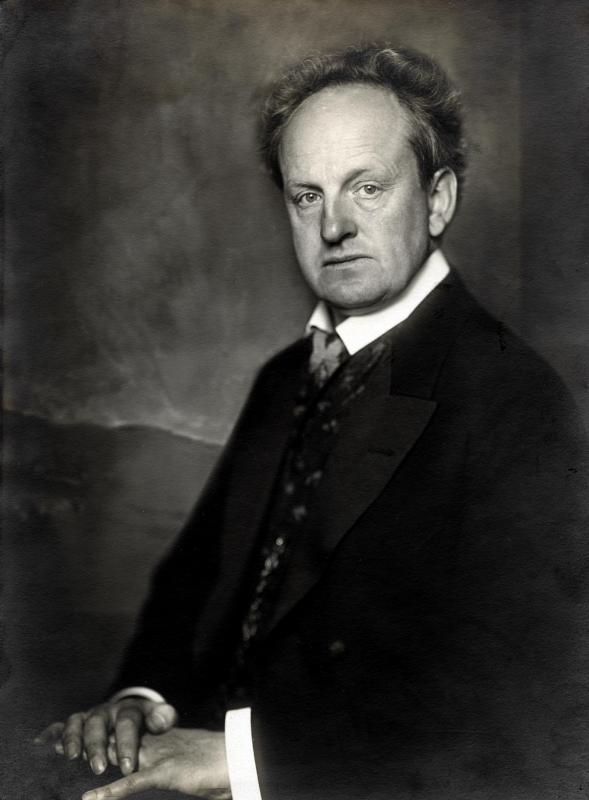Ladies in stylish ball gowns. Gentlemen wearing hats. On 20 May 1913, the Hall was ceremonially opened and the spectacular Centennial Exhibition was inaugurated. Even though it was raining unpleasant, penetrating rain, the Tiergartenstrasse (M. Skłodowska-Curie Street) was busy with a string of automobiles, carriages and pedestrians, cheering with colourful flags. The Lord Mayor of Breslau, Paul Matting, gave a patriotic speech in which he called the monumental complex “a monument to the liberation of the homeland and a warning for future generations”. Nearly 6000 guests listened to the fervent speech, who could experience for themselves the excellent acoustics of the Hall. The gathered audience was probably a bit sorry that the last Emperor and King William II of Prussia did not attend this celebration, but this militant monarch was offended by the celebration of the Exhibition of Proclamation (appeal To my People) and not the anniversary of the victorious Battle of Leipzig and sent in his name the heir to the throne, Prince Frederick William of Prussia. He took his wife with him and brought many eminent colleagues, including Prince Ernst Günther zu Schleswig Holstein. The remaining seats were taken by prominent figures from Breslau and all of Schlesien.


Fist scandal during the opening
The ceremony was enriched by the staging of Gerhart Hauptmann’s drama, a German playwright and novelist, winner of the 1912 Nobel Prize for Literature, about the Battle of Leipzig – Festspiel in deutschen Reimen (A festive show in German rhymes). The director was an outstanding Austrian director and theatre actor of Jewish origin, Max Reinhardt, who founded the Berlin Grand Theatre in 1919. Unfortunately, the staging disappointed war veterans and radical patriots, as it portrayed Napoleon (whose victory was after all celebrated) as the destroyer of an oppressive regime and creator of a contemporary, (almost) free Europe. The pacifist implication of the art was the reason for taking it off the poster. We do not know what Max Berg thought about this.
We do know, however, that the house of the Nobel Prize winner Gerhar Hauptmann still stands in Jagniątków, now a district of Jelenia Góra Nowadays it serves as the City Museum. We encourage you to visit it.

Second scandal during the opening
The second scandal is a little more off the scene. Hans Poelzig – author of the land development plan and designer of the Four Domes Pavilion – was not introduced to the visitors of the Exhibition Area. Neither was he invited when the building was to be seen by the Emperor himself (which ultimately did not take place). Superintendent of the Historical Exhibition, Karl Masner, was the one warming up in a blaze of glory. Poelzig remained in the shade. Max Berg, who was angry by this situation, drew the attention of the Breslau authorities to the unjust treatment of the author of the building and went with a complaint to the Lord Mayor Trentin. It is said that such a dialogue took place then:
– What? Hans Poelzig in the building of Masner? He has nothing to do there!
– I think Masner in Poelzig’s building – an annoyed Berg responded.
Insult to Poelzig contributed to the decision to leave Breslau. That’s a shame. The city lost an outstanding architect, later designer of the Grand Theatre in Berlin – the one founded by the above-mentioned Max Reinhardt. In the Lower Silesian capital city, there are other Poelzig’s buildings remaining, including shopping and office building at Ofiar Oświęcimskich Street and an organ front for the Oratorium Marianum of the University of Wrocław, where Johannes Brahms, Ferenc Liszt, Niccolò Paganini, Anton Rubinstein, Klara Schumann, and Henryk Wieniawski gave concerts in the 19th century.
